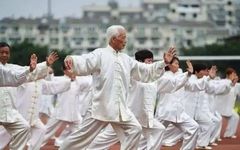Traditional Sports | Qigong
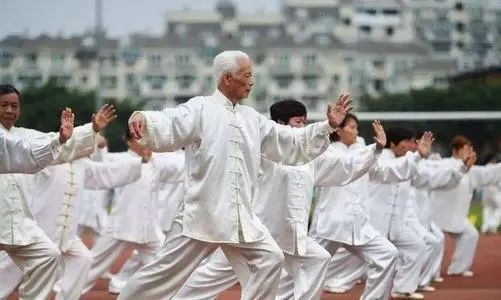
The content of Qigong is very broad, characterized by the practitioner’s subjective effort to exercise the integration of intention (yi), energy (qi), and body (shen). It mainly includes adjusting the body (tiao shen), adjusting the mind (tiao xin), adjusting the breath (tiao xi), self-massage, and physical activities. Adjusting the mind involves regulating psychological activities, adjusting the breath involves controlling breathing movements, and adjusting the body involves regulating posture and movements. These three adjustments are the fundamental methods of Qigong practice and are considered the three essential elements or basic norms of the discipline. There are many methods of Qigong, including breathing exercises known as Tuna Gong (吐纳功); static practices known as Jing Gong (静功); dynamic practices that combine movement and stillness known as Dong Gong (动功); guiding exercises focused on intention known as Dao Yin Gong (导引功), standing meditation known as Zhan Zhuang Gong (站桩功), and self-massage techniques known as Health Massage (保健按摩).
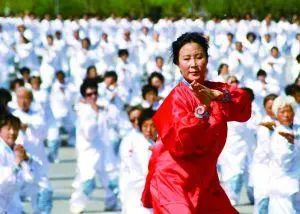
Origins of Qigong
From the perspective of modern behavioral medicine, Qigong practice is a learned behavior that is beneficial to mental and physical health, ultimately becoming a behavior therapy that is fixed through conditioned reflexes.
From the psychological and physiological processes of Qigong’s effects, it can be defined as a self-exercise method that primarily uses self-suggestion as the core means to induce consciousness into a self-hypnotic state, adjusting the balance of mind and body through a psychological-physiological-formative self-regulation mechanism to achieve health and healing.
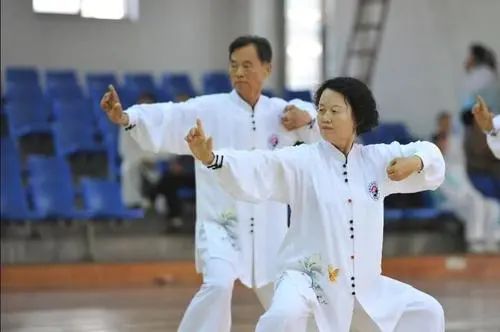
Definitions of Qigong
1. Nature (Xing): Refers to “spirit” (shen) and “original spirit” (yuan shen), which includes innate thinking, innate consciousness, subconscious, and unconsciousness. Daoists believe that the upper dantian (上丹田) is the residence of the original spirit.
2. Life (Ming): Refers to “original essence” (yuan jing), the innate essence; when used in conjunction with “qi” and “shen”, it can be abbreviated to “jing”. Daoists believe that the lower dantian (下丹田) is where the original essence is stored.
3. Purification (Qing Xiu): The practice of refining one’s “essence, qi, and spirit” is considered purification. If one exchanges “essence, qi, and spirit” with the opposite sex without sexual contact, it is also considered purification, but this is termed “dual cultivation” (双修) within purification.
4. Dual Cultivation of Nature and Life: Practitioners cultivate their own “nature” (shen) and “life” (jing) either separately or simultaneously.
5. Internal and External Dual Cultivation: Internal refers to essence, qi, and spirit; external refers to the body, with both internal and external exercises conducted simultaneously.
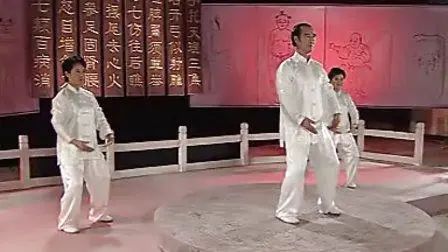
Effects of Qigong
The benefits of Qigong extend beyond health maintenance; it also has therapeutic effects for diseases. If patients choose Qigong as an adjunct therapy, they should select different Qigong practices based on their specific conditions. For example, patients with gastric ulcers may practice Nei Yang Gong (内养功); cancer patients may choose Xing Bu Gong (行步功) or Guo Lin New Qigong (郭林新气功), or Self-Control Qigong (自控气功); patients with hypertension, neurasthenia, and pain may select Relaxation Gong (放松功). Bedridden patients may choose Qiang Zhuang Gong (强壮功) to replenish vital energy; elderly individuals practicing Qigong can also benefit from improved neck and shoulder function.
Qigong health cultivation is a method of exercise that consciously adjusts the mind and body to achieve health maintenance and disease prevention and treatment.
Layout | Zhang Zhou Tao
Review | Wang Xue Song
Verification | Lü Yu Jia

